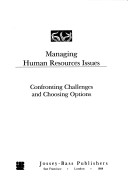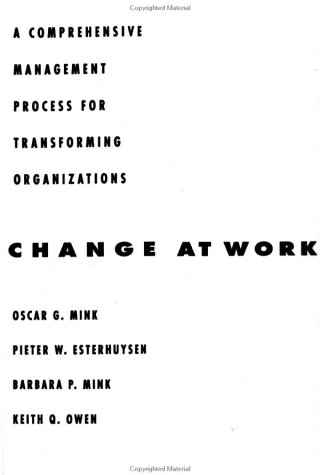The Jossey-Bass management
7 total works
Technology and Organizations
by Paul S. Goodman, etc., Lee S. Sproull, and Associates
They examine a range of diverse topics, including how technology is reshaping the workplace, why some societies excel in adopting new technology and why some poorer technologies survive.
The Trainer's Professional Development Handbook
by Ray Bard, etc., and Et Al
--Malcolm S. Knowles
This book is a learning guide and storehouse of information for new and experienced trainers alike. You get 1) a step-by-step guide for planning your professional development, 2) an extensive catalogue of learning resources, and 3) a concise encyclopedia of HRD and OD--all in one incredible source.
Use this training masterpiece to:
- Chart your HRD career
- Assess your learning style
- Choose a mentor
- Build a training network
- Select other HRD resources
- Define the essential terms and theories of HRD and OD...and much more!
Malcolm S. Knowles called this collection a bonanza.
You'll agree--get your copy today!




